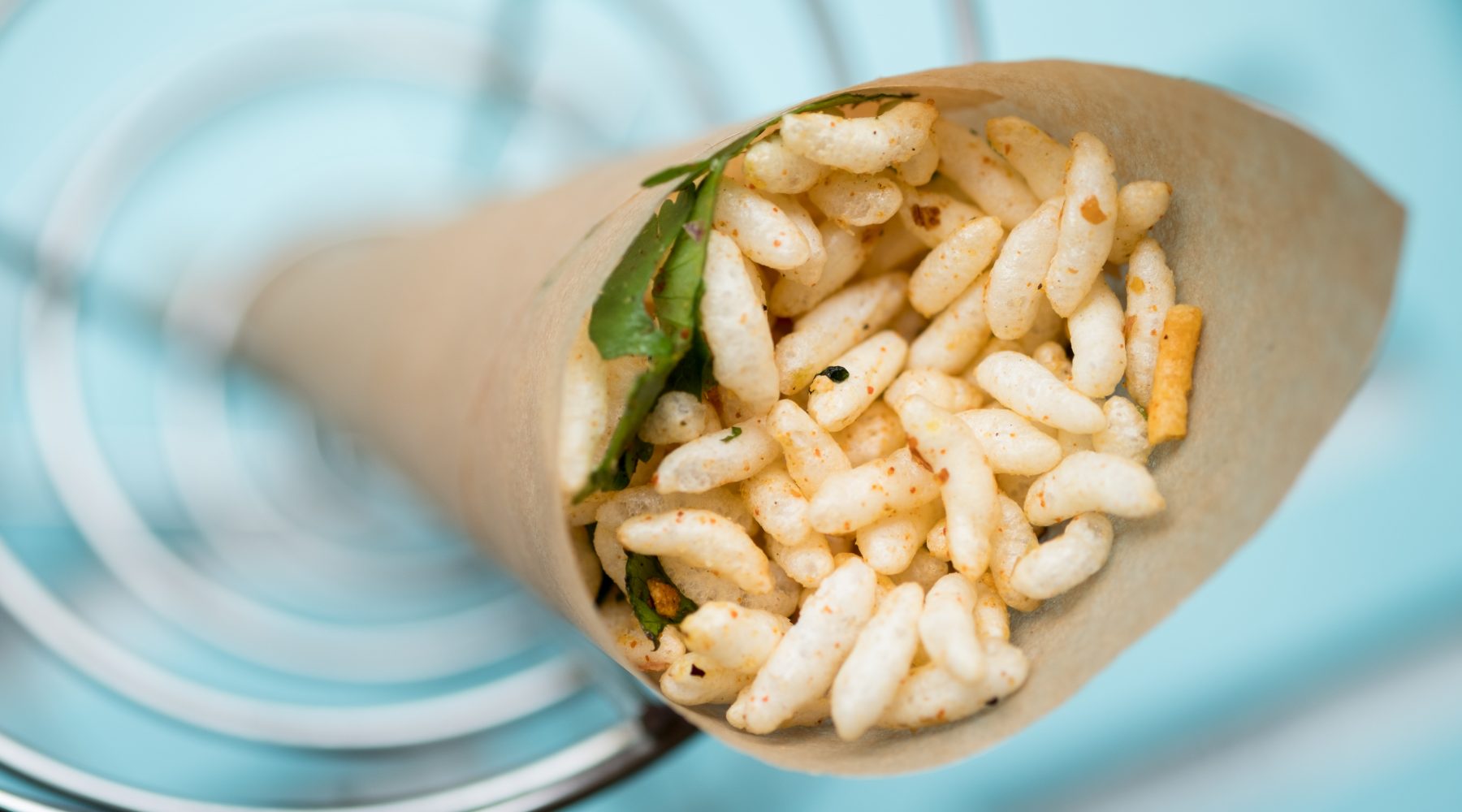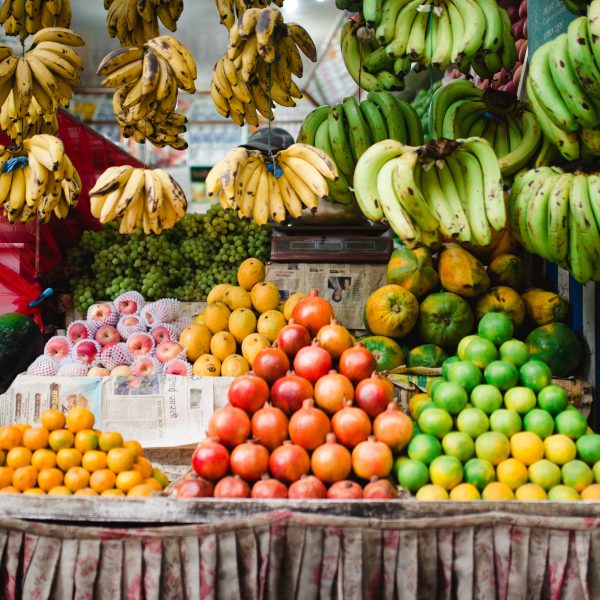RMIT study finds rice is not so nice, exposing children to dangerous arsenic levels

A new study, conducted by researchers from RMIT has found that rice snacks designed for children, and sold in Australian supermarkets, contain arsenic at levels above European safety guidelines of safe consumption for babies and toddlers.
The study found Australian children who eat large amounts of rice-based food may be exposed to dangerous amounts of arsenic. Researchers used the European guidelines for their evaluation because Australia does not have safety standards specifically for children.
Senior researcher Associate Professor Suzie Reichman, an environmental toxicologist said that while all the products tested met Australian guidelines, the guidelines do not reflect the latest scientific understanding on how arsenic affects the body.
“Children are far more vulnerable to the long-term toxic effect of metals like arsenic, but our rice guidelines are based on adults, and on out-of-date dietary habits, when rice was generally eaten less often by Australian families,” she added.
The study highlights the need to develop new standards, specifically for children, and to ensure that these guidelines are in line with what we now know about safe rice consumption, Professor Reichman said.
With an increasing number of children experiencing gluten intolerance, rice-based products are a popular alternative, and Professor Reichman said that while rice “can be safely eaten as part of a well-rounded, balanced diet, but if it’s a child’s main source of carbohydrates, that could be a problem.”
“As a general rule, we recommend that children under five eat rice in moderation and parents should avoid serving rice at every meal, to minimise the risk of exposure to arsenic.”
Arsenic is a naturally occurring metal widely found in air, soil and groundwater that comes in both organic and inorganic forms.Organic arsenic is relatively safe, but inorganic arsenic is a carcinogen linked with cancers of the bladder and skin. Long-term exposure to high amounts of inorganic arsenic is dangerous to human health.
The Australian rice guidelines are for total arsenic (organic and inorganic) and set a maximum level of 1mg/kg. This is more than 3 times higher than the standard for total arsenic set by the World Health Organisation of 0.3mg/kg.
Rather than looking at total arsenic, the European Union guideline for infants and young children focuses specifically on inorganic arsenic and sets a maximum level of 0.1mg/kg.
Almost 40 common products consumed by babies and toddlers were tested as part of the research, including milk formula powder, cereal, crackers and pasta made from brown, white, organic and non-organic rice.
The research found 75 per cent of the products had levels of inorganic arsenic above the EU standard for children. Inorganic arsenic was found in higher levels in brown rice products, likely because arsenic is more concentrated in the rice bran that is removed in white rice.
Professor Reichman said the results for brown rice were particularly concerning because it is generally seen by health-conscious parents as a better choice, due to its higher fibre and nutrient contents.
The research was part of a final-year capstone project by Bachelor of Environmental Engineering student, Zhuyun Gu, who is now undertaking a PhD at RMIT, and was “of such high standard that it was accepted for publication in a peer-reviewed journal and highlighted in its special edition focusing on arsenic exposure in the environment and human health,” Professor Reichman said.
“This work is an important contribution to our understanding of safety issues around rice in our diets, and supports the need for updating arsenic guidelines in Australia.
“It’s a fantastic example of how our students can shape the world by looking at practical problems and searching for real solutions.”
You can read the research, Arsenic concentrations and dietary exposure in rice-based infant food in Australia, has been published in the International Journal of Environmental Research and Public Health and may be accessed here.
Popular

Policy
Practice
Quality
Provider
Research
Safety starts with supervision: responding to real risks in ECEC
2025-07-07 10:30:58
by Fiona Alston

Policy
Provider
Practice
Quality
Jay Weatherill appointed to co-lead urgent review into childcare safety in Victoria
2025-07-07 07:24:04
by Fiona Alston

Quality
Practice
Provider
Workforce
Reclaiming Joy: Why connection, curiosity and care still matter in early childhood education
2025-07-09 10:00:07
by Fiona Alston













